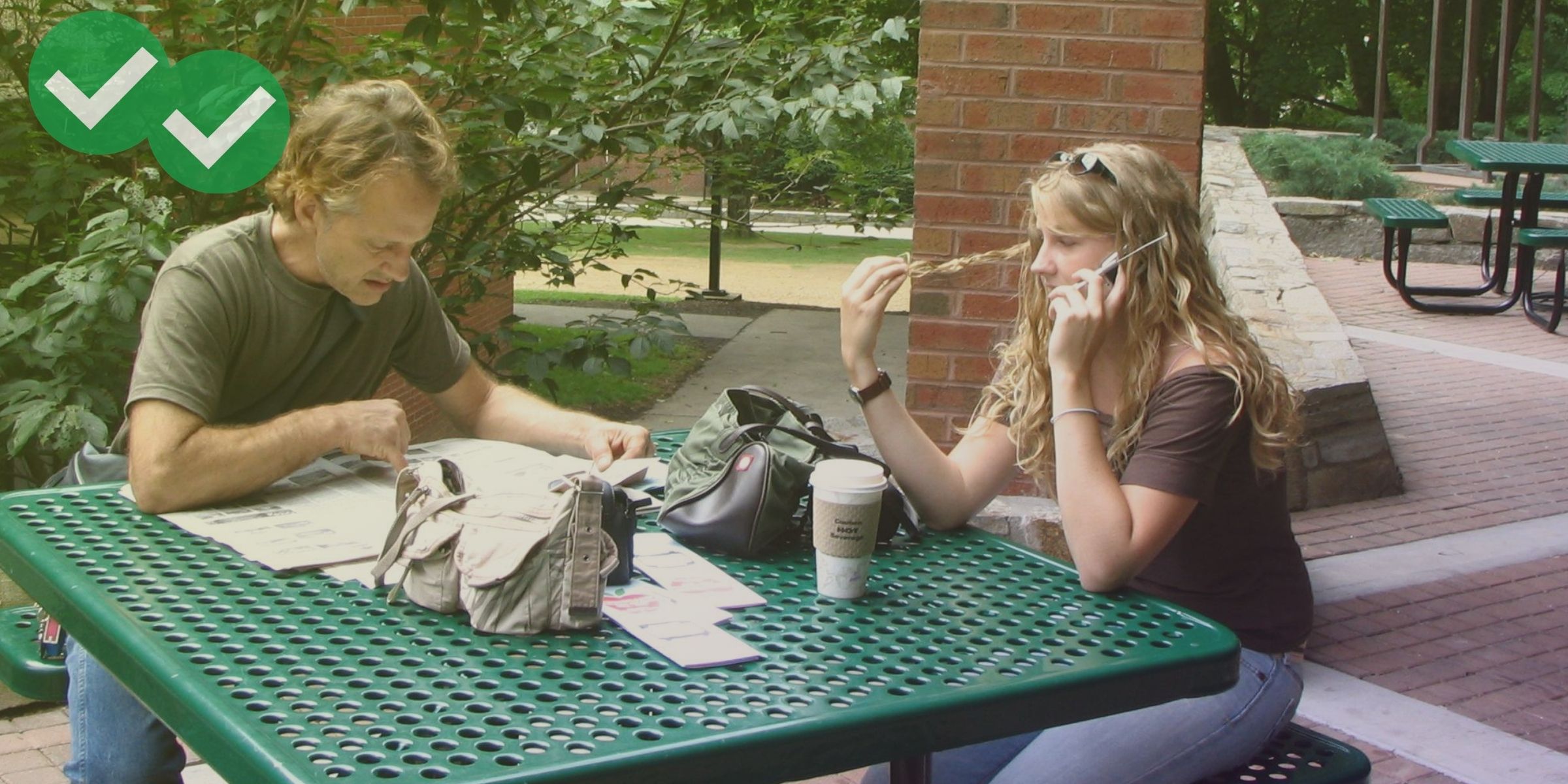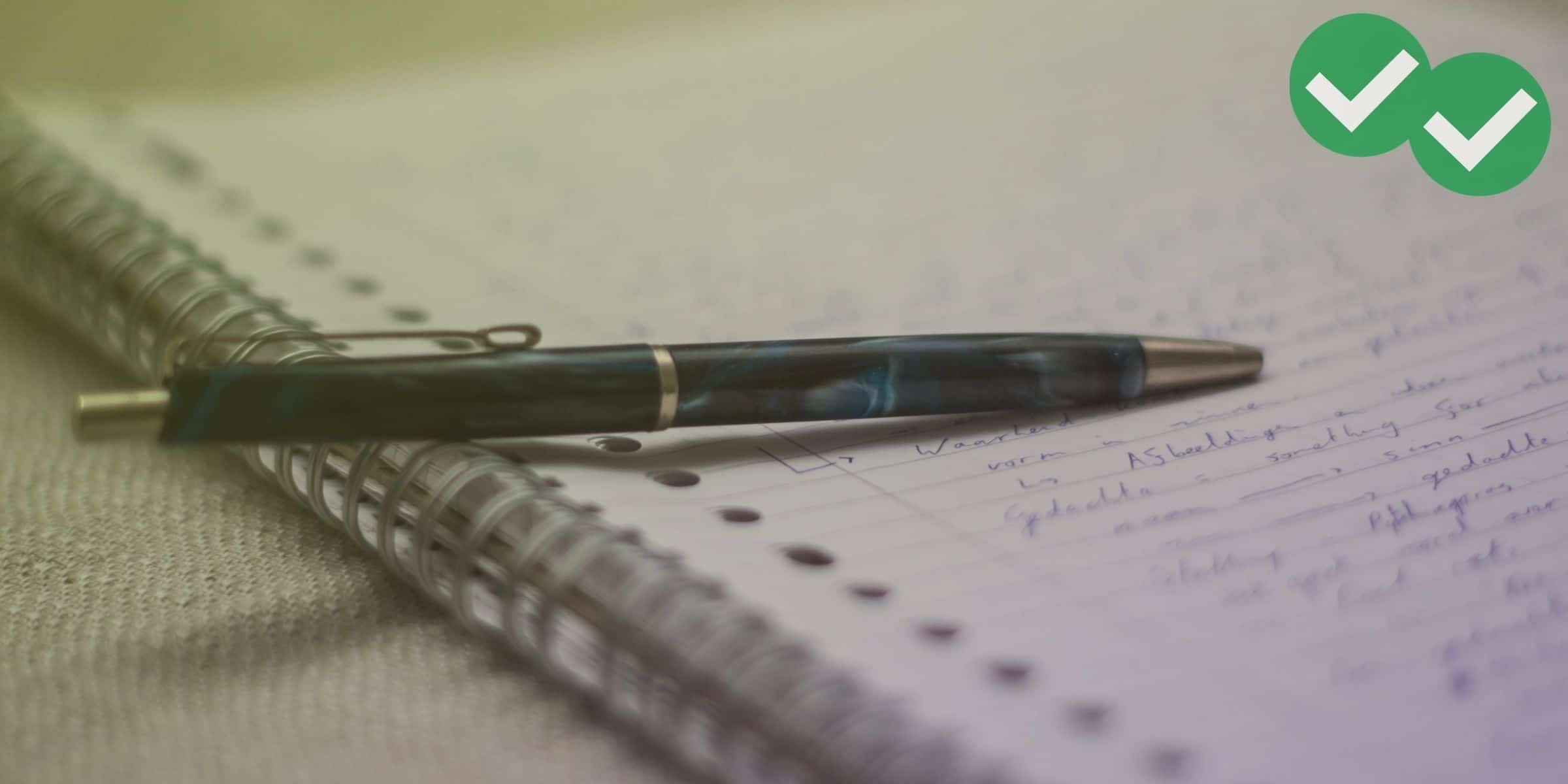Let’s start with the good news: Unlike exams in your English class, the speaking and writing sections of the TOEFL won’t automatically take points away from you if you make a little mistake, or even a handful of them. The bad news, though, is that while these sections of the TOEFL are graded holistically, or by looking at the overall impression that your response gives, little errors can add up to big point losses.
So far in this series, we’ve examined a common pronunciation error (the use of the letter “s”) and a common grammar error (the misuse of articles). Now, let’s take a look at a common structural error that many test-takers make: the failure to include a conclusion to your speaking and writing responses.
How big a deal can it be? You’ve already said or written your main ideas on the topic, so why would putting an extra sentence or two at the end of your response make any difference? The answers to those questions are: moderately big; and, for a variety of reasons we’ll talk about in just a second.
Of course, fully answering the prompt is the most important thing you need to do on test day. When the speaking section asks you to explain Tony’s problem, what options he has, and which option you think he should choose, you’re already looking at around six sentences in a minute, which is pretty quick, and you do need to address each one of those points. However, you should also put in a conclusion.
A conclusion demonstrates a couple of really valuable things to your graders (yes, they’re real people!). First, it shows that you’re taking the test seriously, because being able to save just enough time (6-10 seconds) for a conclusion is something that takes practice. Second, it shows that you’ve structured your response, using your planning time well. Third–and most importantly–it shows that you were thinking ahead and making a plan in a foreign language. That’s a pretty big deal. It would be hard enough for most of us to remember to conclude elegantly in our first languages, let alone our second.
In the speaking section, by composing yourself long enough to restate your argument–or simply to tell the grader that those are the reasons you chose X option–you’re demonstrating that ability to plan ahead, as well as the fact that you have the vocabulary skills needed to reflect on your own argument. Because the TOEFL is often used by educational institutions, that’s an important skill. In the writing section, adding a conclusion demonstrates that you are familiar with the conventions of writing in English and that you are comfortable enough with the language to compose a full essay with different component parts.
If you’re struggling to push your score to the next level, take a look at your speaking and writing responses. Are you concluding well? Remember, this is the last thing the grader’s going to hear you say, or see you write, on this topic–so make it good!






Leave a Reply